Back before digital, photography frustrated the hell out of me. It’s an expensive hobby and I was poor back then, so I didn’t have very good cameras or lenses. And there was the whole buying film and paying for processing and prints. On top of the expense, it took a few years for me to finally figure out that film processing and printing at Wal-Mart or the drugstore or even a dedicated photography lab was notoriously unreliable. It all became too much for me and I pretty much gave up on pursuing photography as a hobby and turned to golf. I did shoot a lot film for the podunky newspapers I worked for in the ’90s but that was mostly recording news events. The technical and artistic quality of the photo was well down on the priority list. Plus it was impossible to get decent reproduction on a newspaper press, so I didn’t sweat the details too much. When I got a DSLR back in 2007 I learned more about photography in a year than I had learned in the previous 20 years just because of the sheer amount of photos you can shoot and the instantaneous feedback on the back of the camera. I got it in my head that I could put that knowledge to use and go back and conquer my film demons. But I wanted to shoot something larger than 35mm. Film equipment is now very cheap compared to 10-15 years ago, so I had several realistic options in medium-format equipment. The medium format frame is four times larger than a 35 mm frame. All things being equal, that translates into better quality because it doesn’t have to be enlarged as much as 35mm. It seemed pretty cool to me. I ended up going with the cheapest option, though, because it’s the coolest looking: the twin lens reflex. The version I got is the YashicaMat 124G. It had been recently overhauled and is in great working order.
I bought five rolls of portrait negative film and five rolls of slide film for non-people shooting. I got Abby and Gina out in the backyard and plugged my new camera into a flash and went to it. I had to get the correct exposure by using my digital camera, which is probably more work than using a hand-held flash meter, but I don’t have one of those. Abby was totally uncooperative that day, so the content isn’t very good, but I learned a bit about how the camera handles the exposure and focus settings. I found out that getting medium-format film developed is not that easy. Bedford’s Camera said they could do it in their North Little Rock store and allowed as how it would be cool to use the machine for the first time in nobody knew how long. I didn’t like the sound of that, so I went with the recommendation of the mighty Ken Rockwell and sent my film off to California. It only took a week for the film to come back.
It took a another month to finish off that first roll. It turns out you become very selective when cost rises in proportion to the number of shots you take instead of the other way around. (That’s not exactly true. If you include the cost of the camera and the computer and the software required to shoot digital, it’s probably a wash when it’s all said and done. Although, you’ll have about 6 million more photos.) I loaded up a roll of Velvia slide film and it took me seven months to shoot that entire roll.
I can see the technical problems with my film, which could probably be largely mitigated by the use of filters on the lens, but I’m not sure I want to go to the trouble of finding the obscure accessories that fit this particular camera, which haven’t been made for 30 years or so. Additionally, another factor is the scanning, which is a subjective thing just like printing or finishing in Photoshop. I really don’t think I want to get off deep in the weeds with film shooting. It’s just a hobby after all. The YashicaMat is fun to shoot. It’s a got huge ground-glass finder and I kinda like the square format. I also like how selective I am when I shoot it. I’ll look at something I want to shoot and really try to see it as a photograph. Most of the time it looks crappy and I don’t trip the shutter. (I realize that most of the time when I do trip the shutter the real photo also looks crappy. Imagine the ones I didn’t take. Imagine the ones I took but didn’t include on the blog.) The exposed slide film itself is beautiful. I’ve never shot positive film before and didn’t really realize that the film would be worth looking at just as you would look at a print. Especially when the frames are nearly as large as a standard print from Wal-Mart.
I love this bit of graffito. Too many of your modern graffiti perpetrators see themselves as artists. Almost all of it is angular and impossible to interpret. Unless you’re a current gang member, I guess. Nearly all of it is derivative and boring. But this simple message on a bridge piling hearkens back to the day when spray painting public structures was simple vandalism, which today makes it a piece of art that provides a statement about the present. Really, I’m serious.
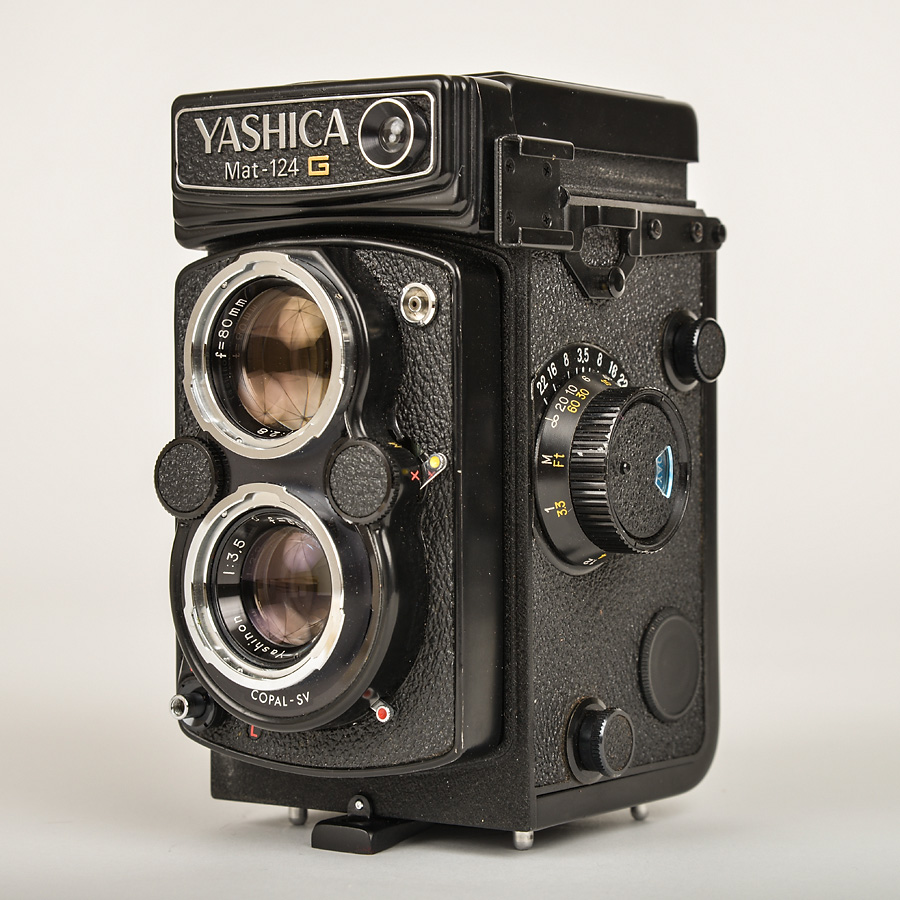
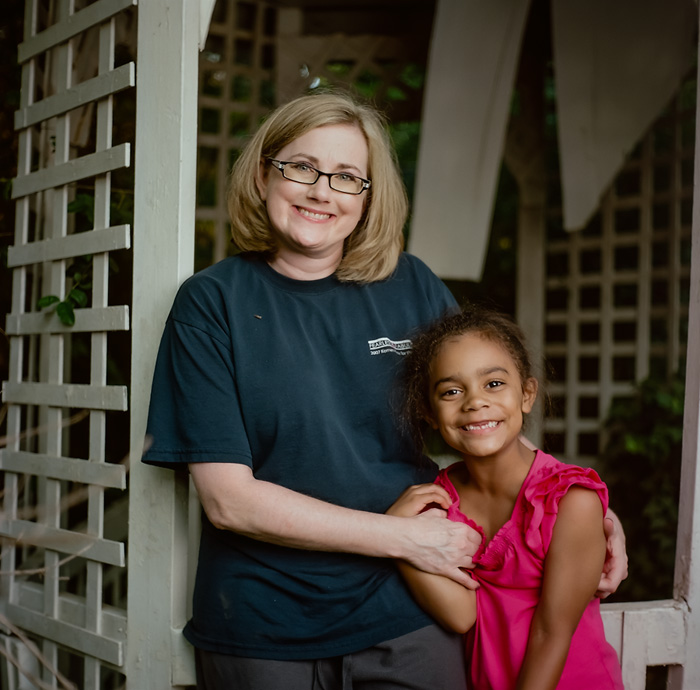
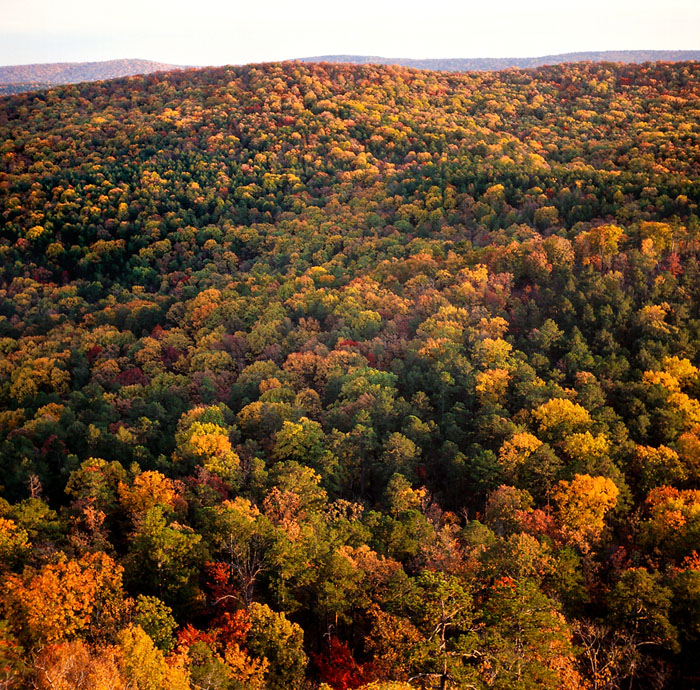
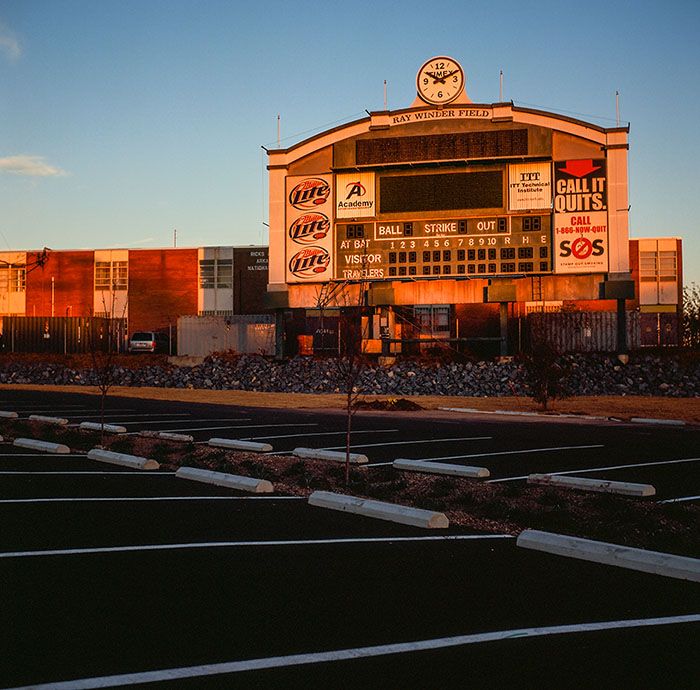
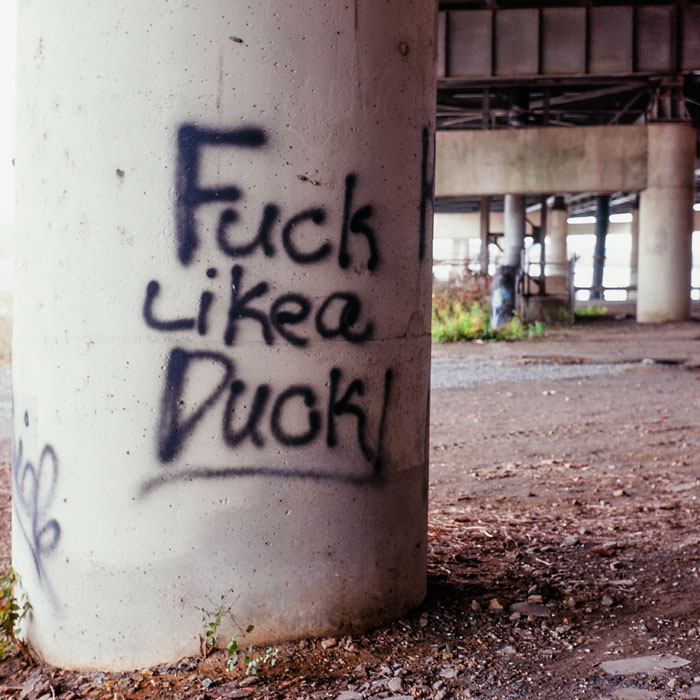
Comments
I have a Yashica that is non-functioning at the moment, but I love shooting black and white through it. I’ve never attempted medium format Velvia, but do have fond memories of it in 35mm format. I’m still trying to work through a roll of TMax in my Pentax 645. Wait until you actually get in a darkroom and print your stuff. Magic.